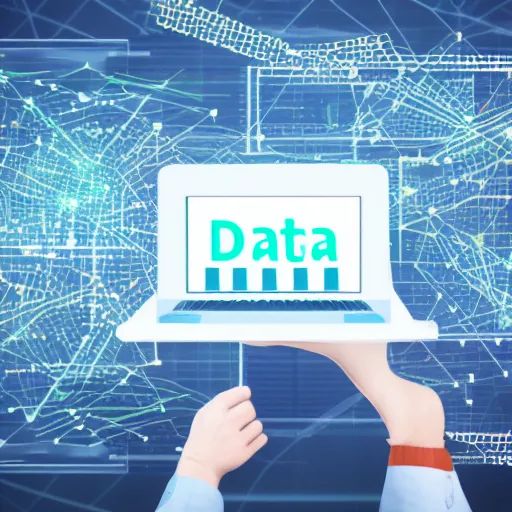It is crucial that your analytics efforts are supported by the appropriate tools and solutions. After all, every phase of analytics activity, from data ingestion to execution and visualisation, depends on technology. And significant progress has been made in recent years. Which prompts the question: What will analytics technology look like in the future?
Although the analytics technology sector is constantly changing, there are now two key developments that are focusing on speed to insight. The first is that efforts are being made to ensure that data is accessible across the organisation practically instantly. This requires a lot of processing power and infrastructure investment, but it’s a current main focus and one that can yield enormous rewards.
Second, once this data has been ingested, people want to speed up processing. Gaining insights as near to real-time as possible is the ultimate goal, and that is becoming closer and closer to being attainable.
Sports provide a fantastic illustration of what is possible when data is ingested and analysed quickly. If your TV isn’t working properly and you can’t watch the game anymore, you might head to YouTube to check for live scores. You may now locate a video that shows the current score together with animated characters that accurately represent the players on the field. The players played exactly like they did in real life, and the ball always behind the live action by one or two balls. It is a faithful replica of the game.
Along with a greater emphasis on insight speed, edge computing is a significant trend that is starting to take hold in the industry. To further clarify, a simple example of edge computing is a smartwatch that calculates your heart rate, how many calories you burn, etc. This is all about speeding up the time to insight and is essentially all about computing at the storage level within the device itself. Companies are already integrating algorithms into hardware, such as computer vision cameras, in order to produce findings with almost no delay.
Blockchain is worth observing for individuals who carefully follow the analytics tech sector. Blockchain may play a significant role in the future. Conceptually speaking, blockchain is about building a decentralised database in which data that has already been written cannot be changed. In that regard, it’s a very secure database method that offers several benefits to businesses who must safeguard data sanctity. Consider banking institutions as an example.
There are countless potential uses for blockchain, however bitcoin is the most prominent example and the one most people think of when they think of it. For instance, Walmart just added blockchain to its supply chain, enabling it to track every step a product takes before it reaches our homes.
Because this data cannot be altered, Walmart can easily track the origin of any problems and fix them before they have a significant effect on the remaining stock. Five or 10 years ago, this would not have been feasible.
We can be sure that speed will be a key component of analytics technology in the future. Companies have mastered the art of data collection, and they are currently searching for quicker ways to handle that data. Technology will continue to be at the centre of every phase of analytics work, regardless of new technology that emerges in the field.




